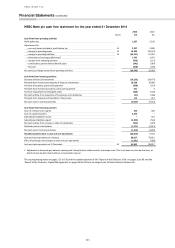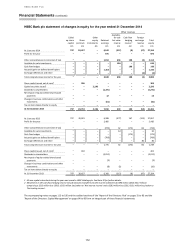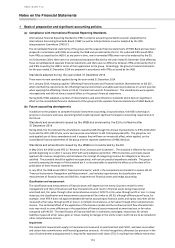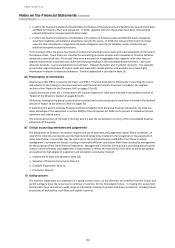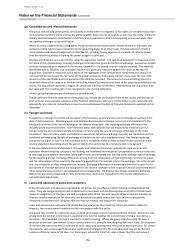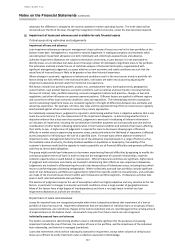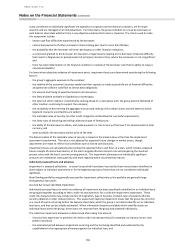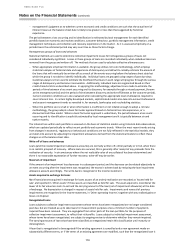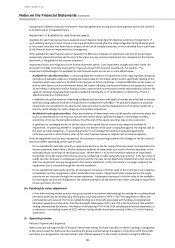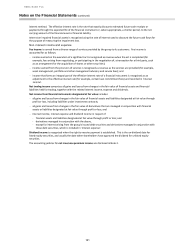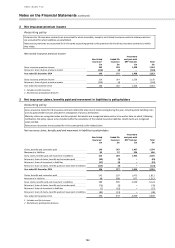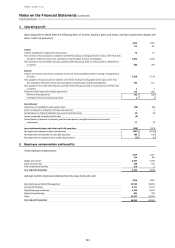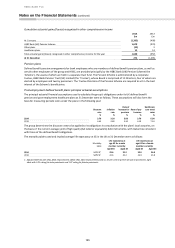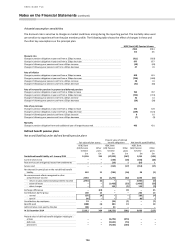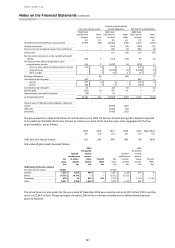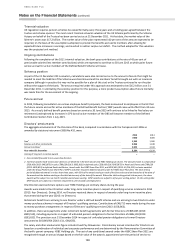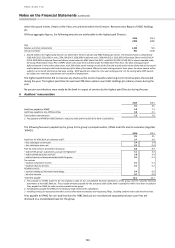HSBC 2014 Annual Report Download - page 123
Download and view the complete annual report
Please find page 123 of the 2014 HSBC annual report below. You can navigate through the pages in the report by either clicking on the pages listed below, or by using the keyword search tool below to find specific information within the annual report.
HSBC BANK PLC
Notes on the Financial Statements (continued)
121
interest method. The effective interest rate is the rate that exactly discounts estimated future cash receipts or
payments through the expected life of the financial instrument or, where appropriate, a shorter period, to the net
carrying amount of the financial asset or financial liability.
Interest on impaired financial assets is recognised using the rate of interest used to discount the future cash flows for
the purpose of measuring the impairment loss.
Non-interest income and expense
Fee income is earned from a diverse range of services provided by the group to its customers. Fee income is
accounted for as follows:
– income earned on the execution of a significant act is recognised as revenue when the act is completed (for
example, fees arising from negotiating, or participating in the negotiation of, a transaction for a third party, such
as an arrangement for the acquisition of shares or other securities);
– income earned from the provision of services is recognised as revenue as the services are provided (for example,
asset management, portfolio and other management advisory and service fees); and
– income that forms an integral part of the effective interest rate of a financial instrument is recognised as an
adjustment to the effective interest rate (for example, certain loan commitment fees) and recorded in ‘Interest
income’.
Net trading income comprises all gains and losses from changes in the fair value of financial assets and financial
liabilities held for trading, together with the related interest income, expense and dividends.
Net income from financial instruments designated at fair value includes:
– all gains and losses from changes in the fair value of financial assets and liabilities designated at fair value through
profit or loss, including liabilities under investment contracts;
– all gains and losses from changes in the fair value of derivatives that are managed in conjunction with financial
assets or liabilities designated at fair value through profit or loss; and
– interest income, interest expense and dividend income in respect of
- financial assets and liabilities designated at fair value through profit or loss; and
- derivatives managed in conjunction with the above,
- except for interest arising from the group’s issued debt securities and derivatives managed in conjunction with
those debt securities, which is included in ‘Interest expense’.
Dividend income is recognised when the right to receive payment is established. This is the ex-dividend date for
listed equity securities, and usually the date when shareholders have approved the dividend for unlisted equity
securities.
The accounting policies for net insurance premium income are disclosed in Note 2.


